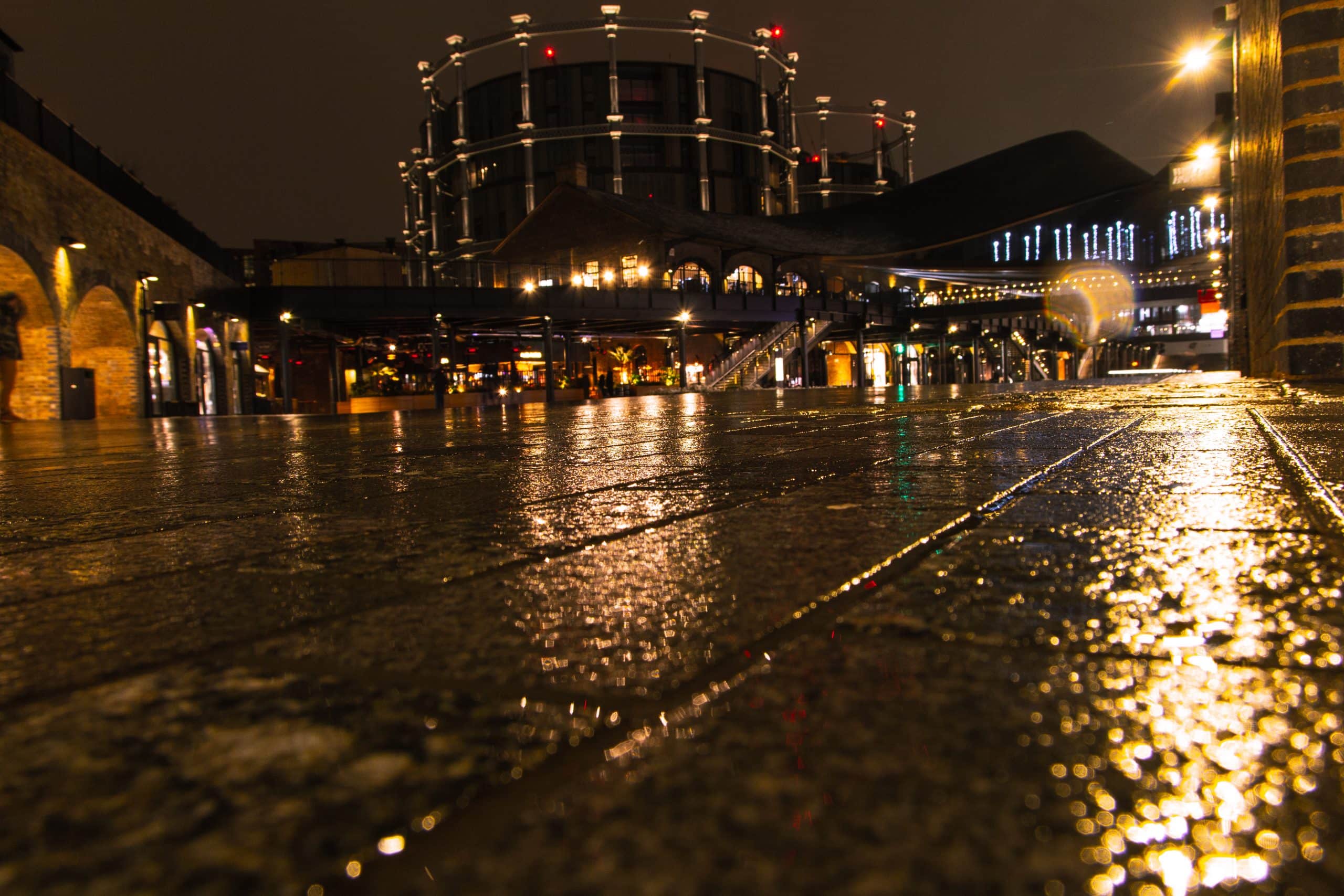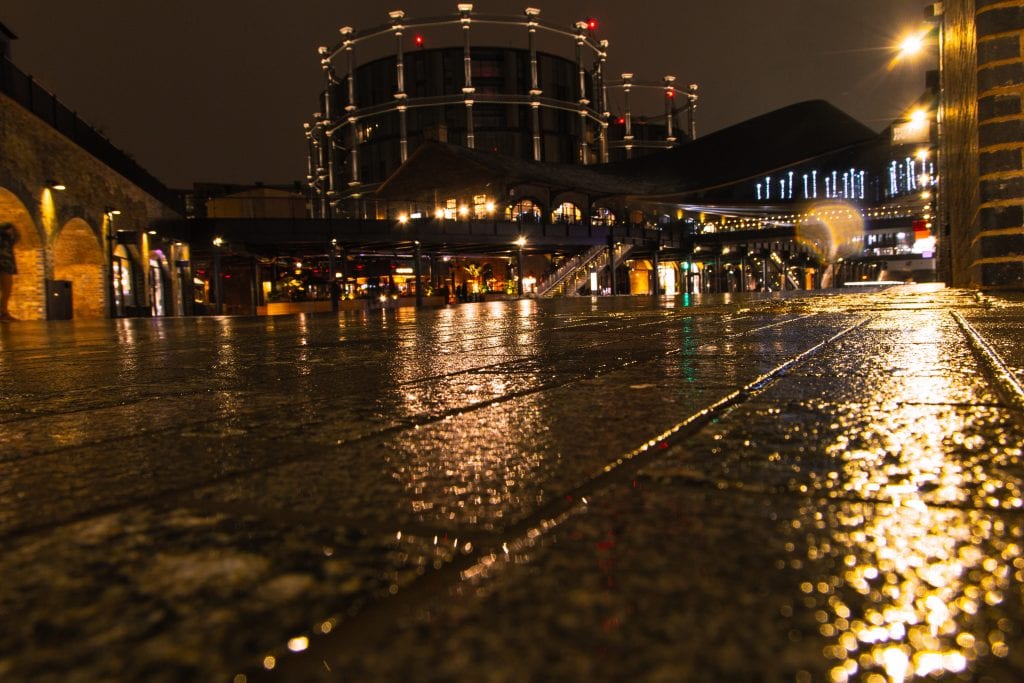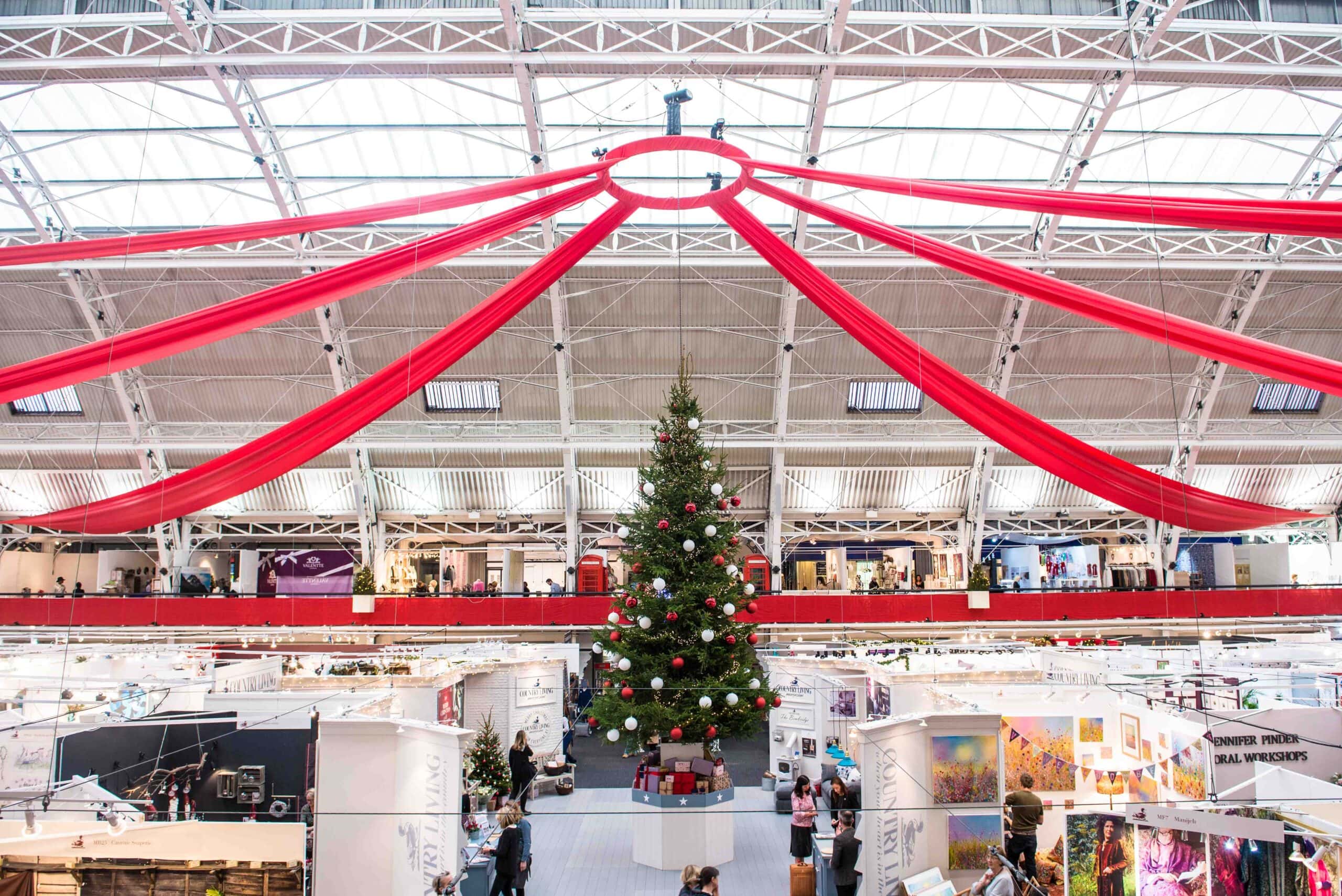From coal storage, to derelict warehouse, to London party scene. Read on to find out more about the history of Coal Drops Yard...


Like two ships passing in the night, the BDC and Coal Drops Yard:
While pulling into Kings Cross Station, or strolling up from the station toward Granary Square and Coal Drops Yard, you might not assume that you’re walking through history, but in truth, you’d be hard pressed to find a square inch of London that isn’t historically significant in some manner. In fact, Coal Drops Yard history is rich and varied – it’s an example of a site in London that, much like the Business Design Centre, has adapted, changed ownership, and been redeveloped and redesigned in accordance with fluctuations of the time period.
More than a few threads can be drawn between the Business Design Centre and Coal Drops Yard. For one, they’re only about a 20 minute walk from one another, and both are frequented by local workers (you might even find some of the BDC residents enjoying a refreshing drink at Coal Drops Yard, particularly on a Friday night). Both were built at similar times, the BDC, (at the time called the Royal Agricultural Hall), was built in the early 1860s, as was the Western Coal Drops, and the Eastern Coal Drops was built only a decade earlier in 1851. Both also represent how public spaces and institutions have to change and adapt along with industry, business, and technology.
The history of each location is also still evident; The Coal Drops origins are obviously reflected in its name, and it’s easy, if standing in the top gallery of the BDC to imagine the agricultural fairs that used to take place (especially if there’s a relatively rowdy event on).
From dropping coal to dropping basslines:
The Coal Drops were constructed in conjunction with the transportation of coal from Yorkshire to London. Coal was brought down by train, and special carriages were ‘dropped’ into bays, from where the coal could be taken and moved on, as carriages went back. Unfortunately, the yard was converted mostly into warehouse storage by the 1870s and 1880s, as Samuel Plimsoll (a coal merchant and later politician) developed a new and advanced mechanism that reduced the damage to the soft coal as it dropped, reducing wastage and thus increasing profit.
The eastern yard was sold in 1875 to glass bottle company Bagley, Wild and Company. By the 1930s, Bagley and Co were transporting 30 wagons worth of bottles a day, which were reportedly carried away by ‘gangs of fearsome and muscular women’, whose ‘nocturnal activities also came under suspicion’.
This allusion was perhaps a precursor of the nocturnal activities of Coal Drops Yard when it was used almost exclusively as a rave scene in 1980s London – disused warehouses (as they were by then) were used to stage illegal raves, which centred around house music originating from Chicago. The development of the rave scene in the 80s and 90s spawned a number of official, legal clubs, several of which were based in Kings Cross in the 1990s. A club called ‘Bagleys’ took over three floors at the southern end of the eastern Coal Drops, and had a whopping capacity of 2500 people. Later renamed ‘Canvas’, it remained active up until 2008, when the financial crash put it, and many other establishments, out of business.

Coal Drops Yard as we know it today:
Although the warehouses remained empty and derelict for several years following the 2008 crash, they were rescued in 2014, when plans for the development of the retail park began. Construction didn’t start for another two years, and the project was finally completed another two years later, as Coal Drops Yard opened to the public in October of 2018. Home to a variety of shops, restaurants, and often an event or art installation, Coal Drops Yard is definitely worth a visit, whether you’re a tourist or a local.
London is no stranger to rapid industrial development (the history of Coal Drops Yard is just the tip of the iceberg). Even now, the area around Kings Cross is taken up with cranes and scaffolding as the new Google office is built, so it’s no surprise that the area has changed so dramatically over the last century.
If you’re interested in some more history around the BDC, (such as Ghost Signage in Islington, local archaeology, or the history of ‘The Aggie’) checkout some of our recent blogs.
For any enquiries about office or event space in the building, please click here!


